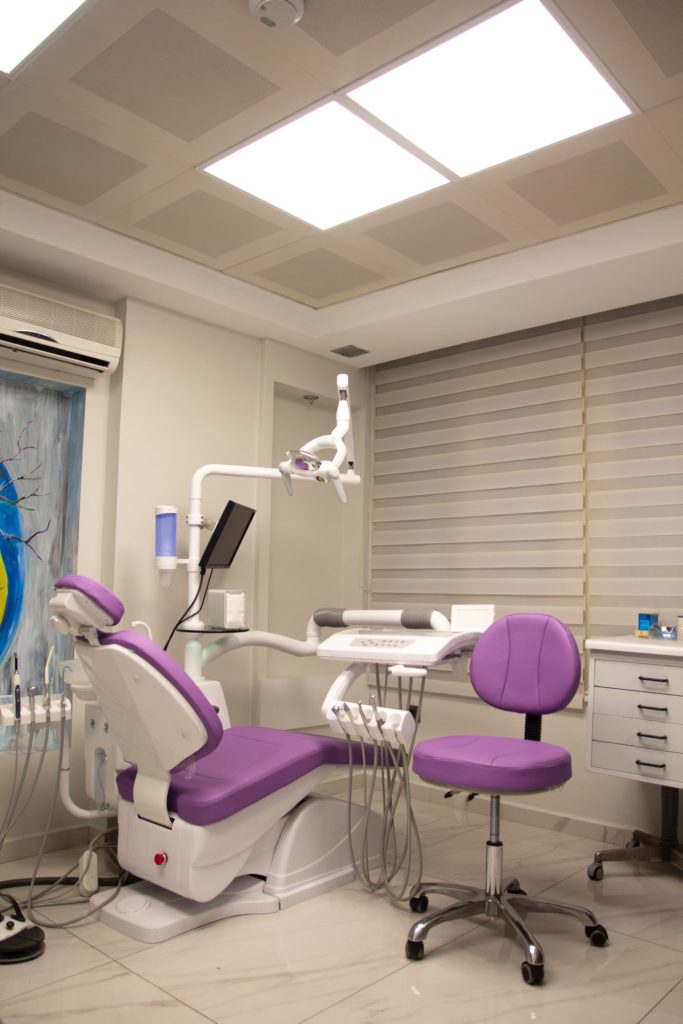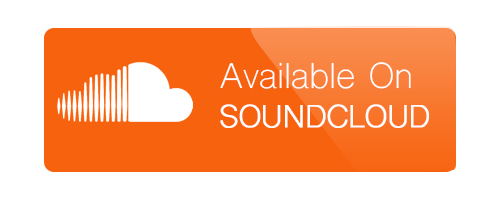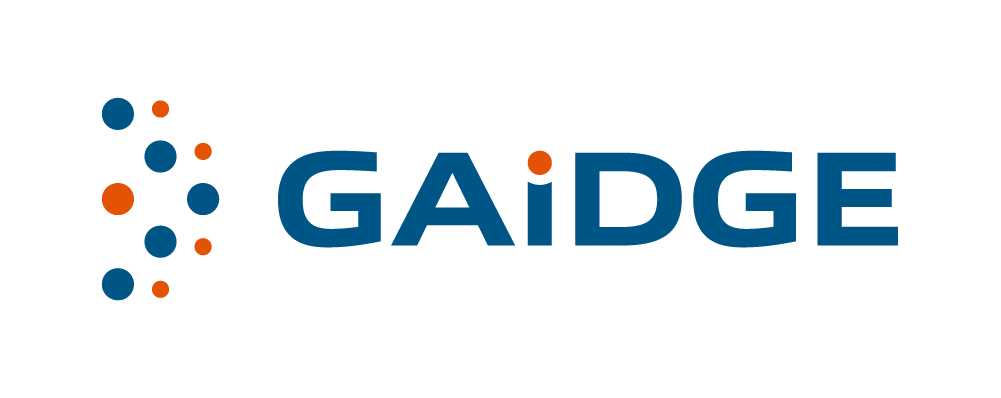The Beauty Of Data
Data is important to business as it demonstrates the subtleties of both the inner and outer transactions that occur every day under one roof.
It’s awe-striking for both its vastness in size, application and its complexity. What’s more is the meaningful change that can come as a result of the insights we have access to. Orthodontics may appear different from other businesses to the consumer, but the clinician’s need for data is as necessary as an ERP system used by a local grocery store for inventory tracking.
With each orthodontic case set up to go between 6 months to ~2 years, proper tracking of the patients in the pipeline, patients in circulation, patient scheduling, and patient time in the chair all have a direct impact on the bottom line. Orthodontic and dental practices are clinical first, but with deep insights into the behavior of their patients, doctors can maximize procedure efficiencies, and thus, profitability.
A well run practice triangulates the clinical customer experience feedback with data outputs from its operations to assess its overall health.





